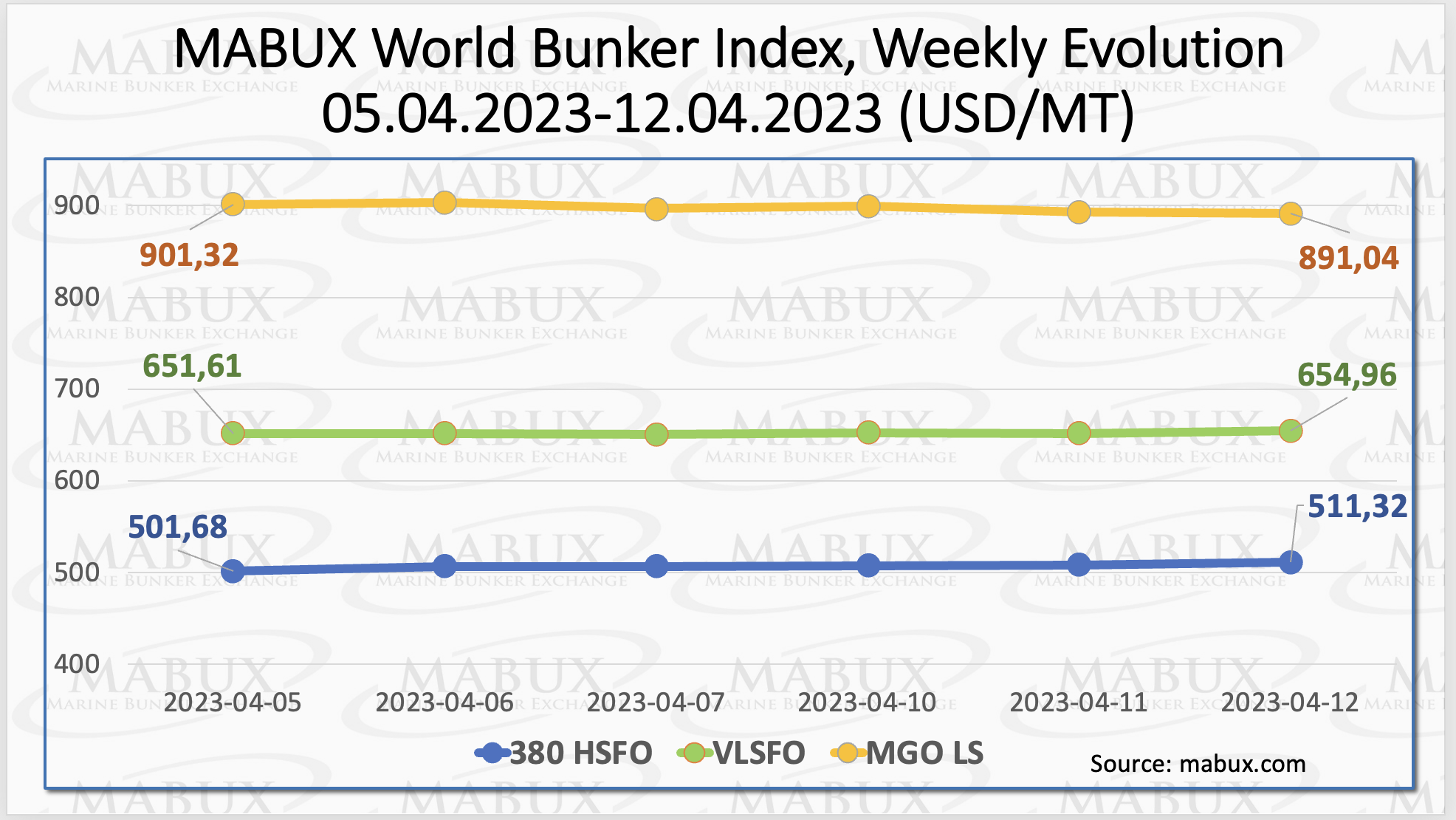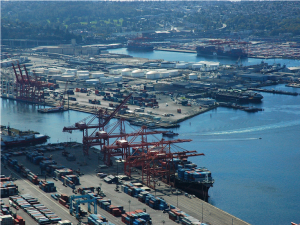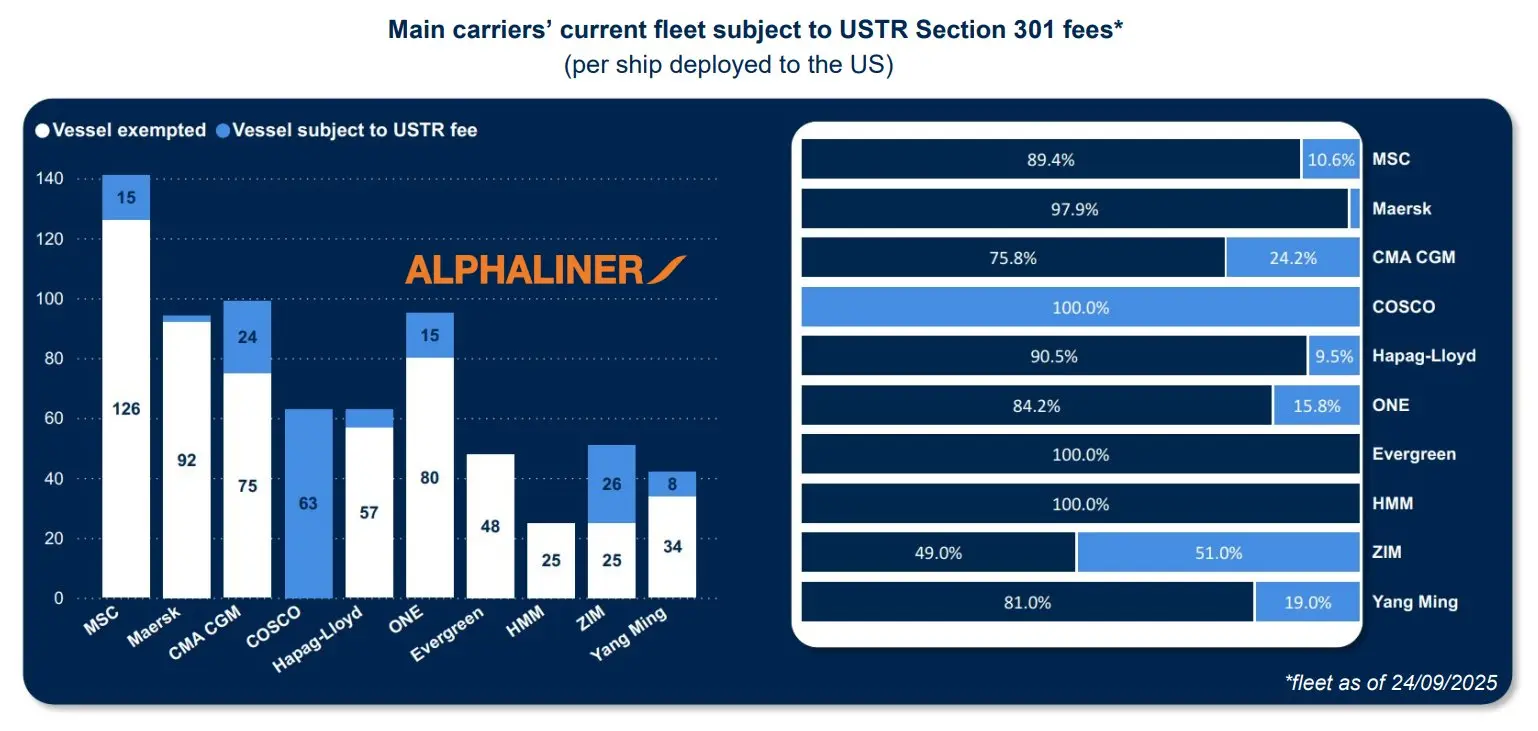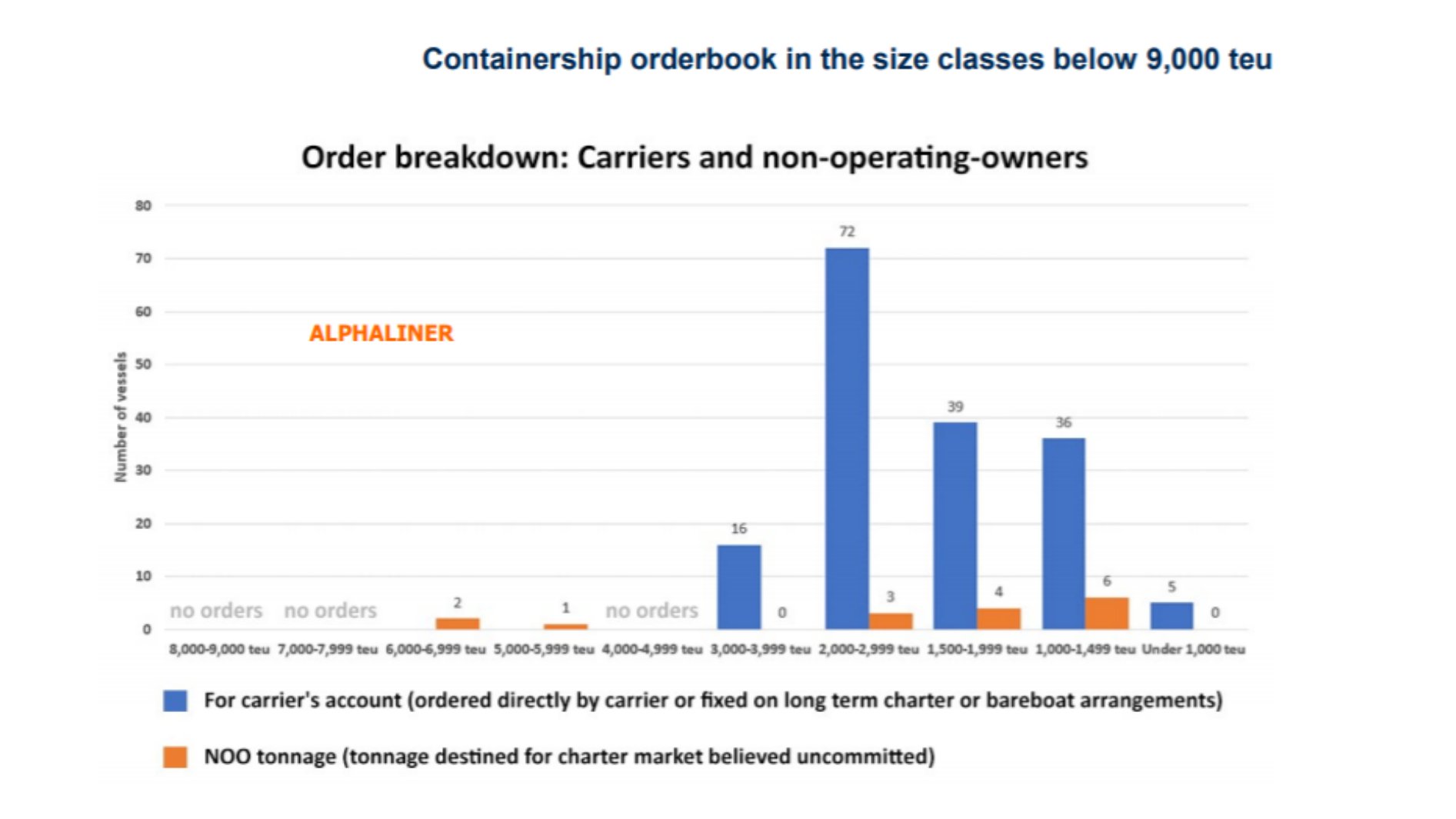
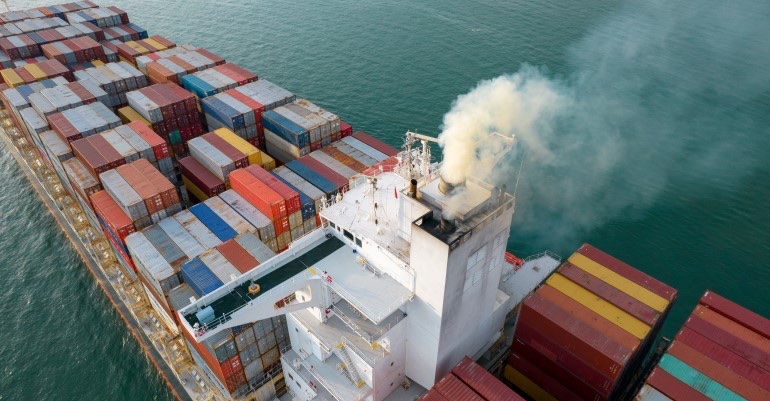
One of the major talking points in ocean freight shipping is the introduction of EU ETS carbon emissions regulations in 2024.
Is this a sign of the industry getting serious about its environmental responsibilities?
Under the EU ETS, allowances (EUAs) can be bought and sold on the open market to cover the carbon emitted on each journey to or from a defined European port.
Carriers will compete with fellow polluters from within their own and other industries to purchase these allowances which will reduce in availability each year.
The reduction in available allowances is part of a roadmap towards the EU’s Fit for 55 target of reducing greenhouse gas emissions by 55% by 2030.
The EU ETS will be introduced gradually, starting at 40% of emissions in 2024, rising to 70% in 2025 and then 100% from 2026 onwards.
2026 will also see carriers required to report and buy allowances for methane and nitrous oxide emissions as well as CO2.
The European Union has decided all CO2 emitted on journeys within the EU and wider European Economic Area (EEA), and while at berth at an EU/EEA port, must be covered.
On top of this, half of emissions on journeys in and out of the EU must be covered. In deciding to cover only 50% of emissions on these voyages, the EU has left the door open for other regions around the world to establish their own carbon pricing mechanisms without carriers having to pay twice.
The International Maritime Organization (IMO) is also looking at introducing mechanisms to reduce carbon emissions at a global level.
Should the IMO be successful in introducing these regulations, the EU has reportedly agreed to join the global mechanism. So, while the EU ETS scheme is working toward the Fit for 55 target in 2030, there is every possibility it does not make it that far.
Read the full article by Xeneta










